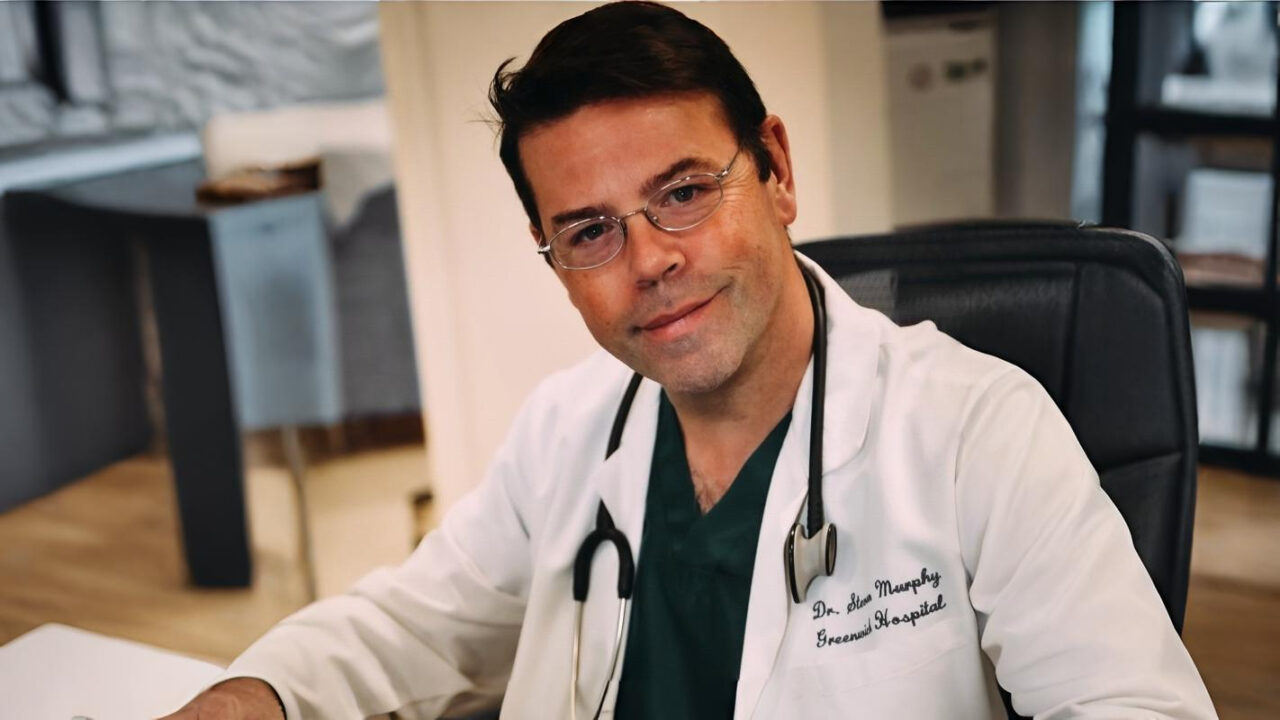
Steven AR Murphy: Platelet Rich Plasma is a Regenerative Therapy
Steven AR Murphy, Medical Director at Concierge Medical Associates, shared a post on LinkedIn:
“Platelet Rich Plasma is a regenerative therapy. Concierge Medical Associates and many other excellent practices do it right, with preprocedure optimization and post procedure optimization with PT, Xcelerated Recovery, energy modalities by Dr. Sean Altman et. Nikhil Verma thank you for sharing this important point about some of “the centers of excellence” for surgery and how they might be just great for surgery……not PRP.”
Quoting to Nikhil Verma’s post:
“When “PRP” is just a syringe — not a system
I did a phone consult today for a friend who went to a reputable university program for PRP. She left confused, uncomfortable, and unsure what was actually done, and left with pain.
Here’s what happened:
She wasn’t on the schedule when she arrived.
Multiple blown veins → low blood volume collected → they “settled” and injected ~3 cc of PRP.
No pre-procedure guidance (meds to avoid, hydration, what to expect).
No post-procedure protocol (activity, timeline, red flags, rehab plan).
PRP plus hyaluronic acid the same day. Evidence here is limited; if either is used, they’re typically staged—not stacked.
Pharmacy confusion getting the HA she had already paid for.
Single intra-articular shot only—no attention to ligaments or other stabilizers that drive joint mechanics.
No image review before the injection to confirm targets and strategy.
Side note: when she asked her orthopedic physician about PRP, she was told it was “basically saline.” That’s a discussion for another day—but it highlights how uneven the education and protocols are across the system.
To be fair, they did a few things right: a reasonable price point, ultrasound guidance, and the willingness to offer PRP at all.
But this is exactly why regenerative medicine is a specialty, not a side quest. PRP is not “a shot.” It’s a protocol.
What good PRP care looks like
Preparation: clear pre-op instructions (NSAID hold, hydration, supplements, expectations) and informed consent that actually informs.
Collection quality: adequate blood draw and processing to achieve a therapeutic platelet concentration—don’t “settle” because the draw was hard.
Targeting: imaging review (US/MRI) and diagnostic exam to decide where the biology needs to go—often capsuloligamentous structures, tendons, and entheses matter as much as the joint space.
Technique: ultrasound-guided, multi-structure plan when indicated; not just a single IA injection.
Staging: if HA is considered, stage it separately and with intent; don’t mix “just because.”
Rehab: a written post-procedure roadmap (activity progression, PT, sleep, nutrition) and follow-up milestones.
Outcomes: track function and symptoms over time; adjust the plan rather than guessing.
If you’re shopping for PRP, ask:
What’s your protocol (prep, draw volume, concentration, targets)?
Do you treat supporting ligaments/tendons or only the joint?
Do you provide written pre/post instructions and a rehab plan?
How do you decide whether to stage other injectables?
How do you measure outcomes?
This is the standard we hold at Essential Sports & Spine Solutions. We’re passionate about getting people better—safely, methodically, and transparently. The procedure is one moment; the protocol is the difference.
If you’re considering PRP and want a function-first, evidence-informed plan, my door is open.”
Stay updated with Hemostasis Today.
-
Dec 6, 2025, 18:02ASH25 Day 1: Don’t Miss The Highlights
-
Dec 6, 2025, 15:44Atul Gupta on Where The Healthcare Innovation is Headed
-
Dec 6, 2025, 15:22Nathan White on How Inflammation Contributes to Coagulopathy After Trauma
-
Dec 6, 2025, 15:02Anas Younes on AstraZeneca’s Aims in Blood Cancer to Be Presented at ASH25
-
Dec 6, 2025, 14:08David Alderman: ASH25 is Live
-
Dec 6, 2025, 13:53Isabelle Mahé Presents The Proposals from INNOVTE CAT Working Group
-
Dec 6, 2025, 11:50Steve Tuplin on Roche’s Mission at ASH25
-
Dec 6, 2025, 11:13Khaled Musallam on The Lancet Haematology Podcast: Your ASH25 Roadmap
-
Dec 5, 2025, 03:46Sreeni Sivan Pillai: Preventing Thrombophlebitis and Upper Limb DVT in PICC Lines
